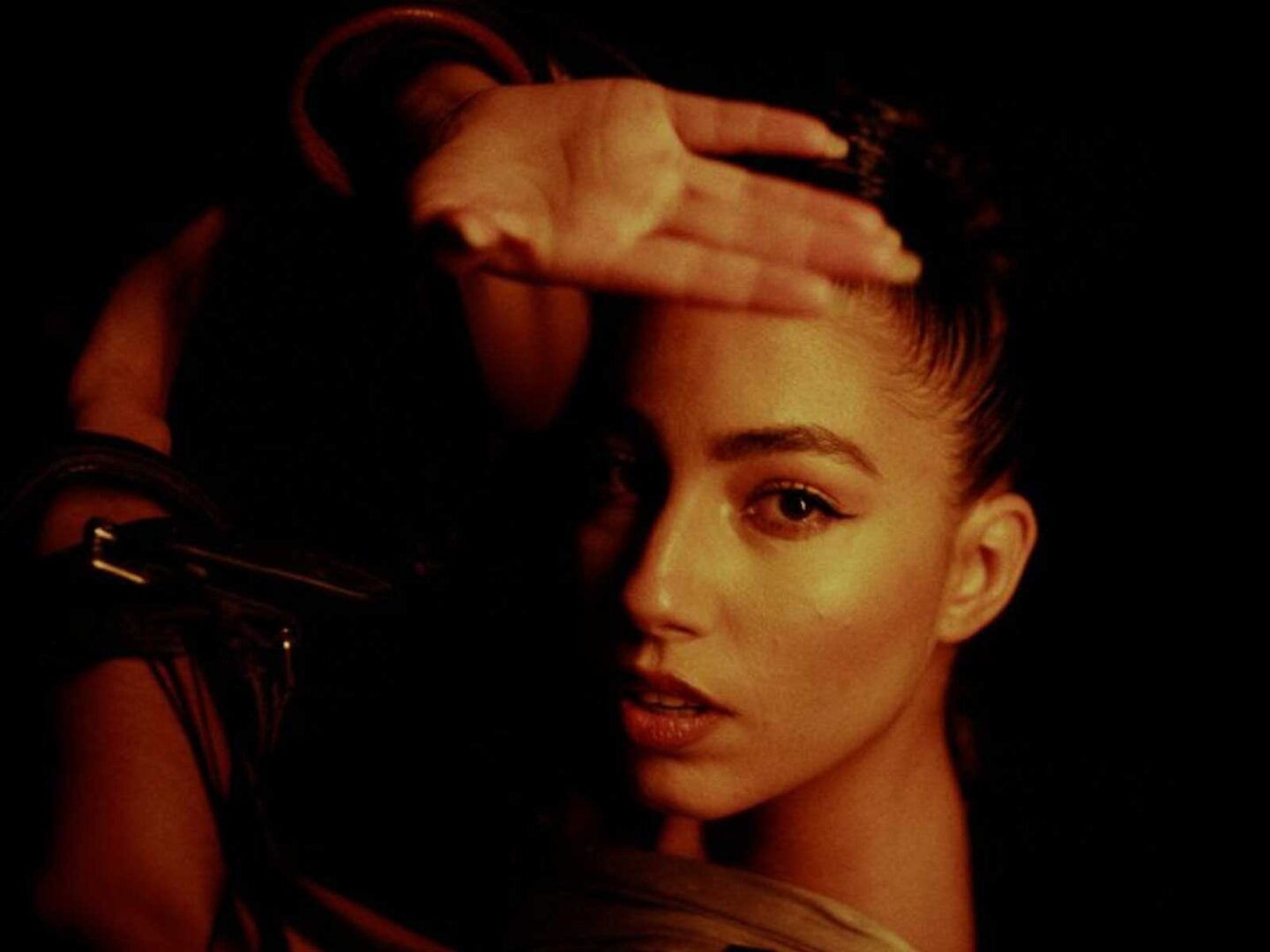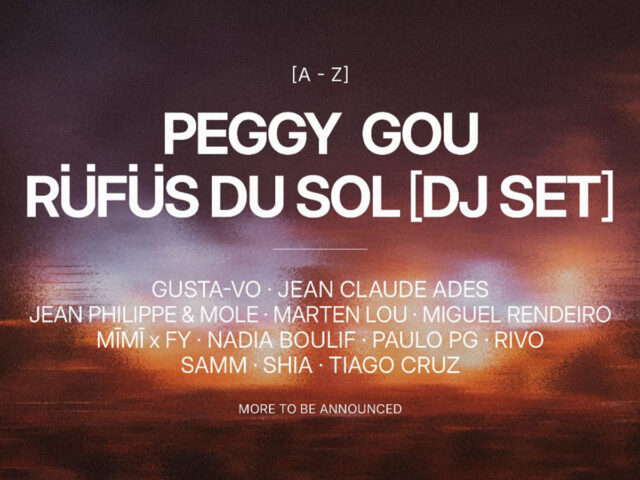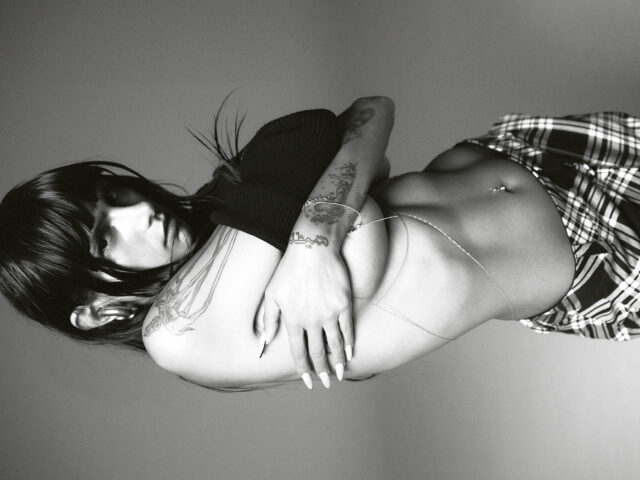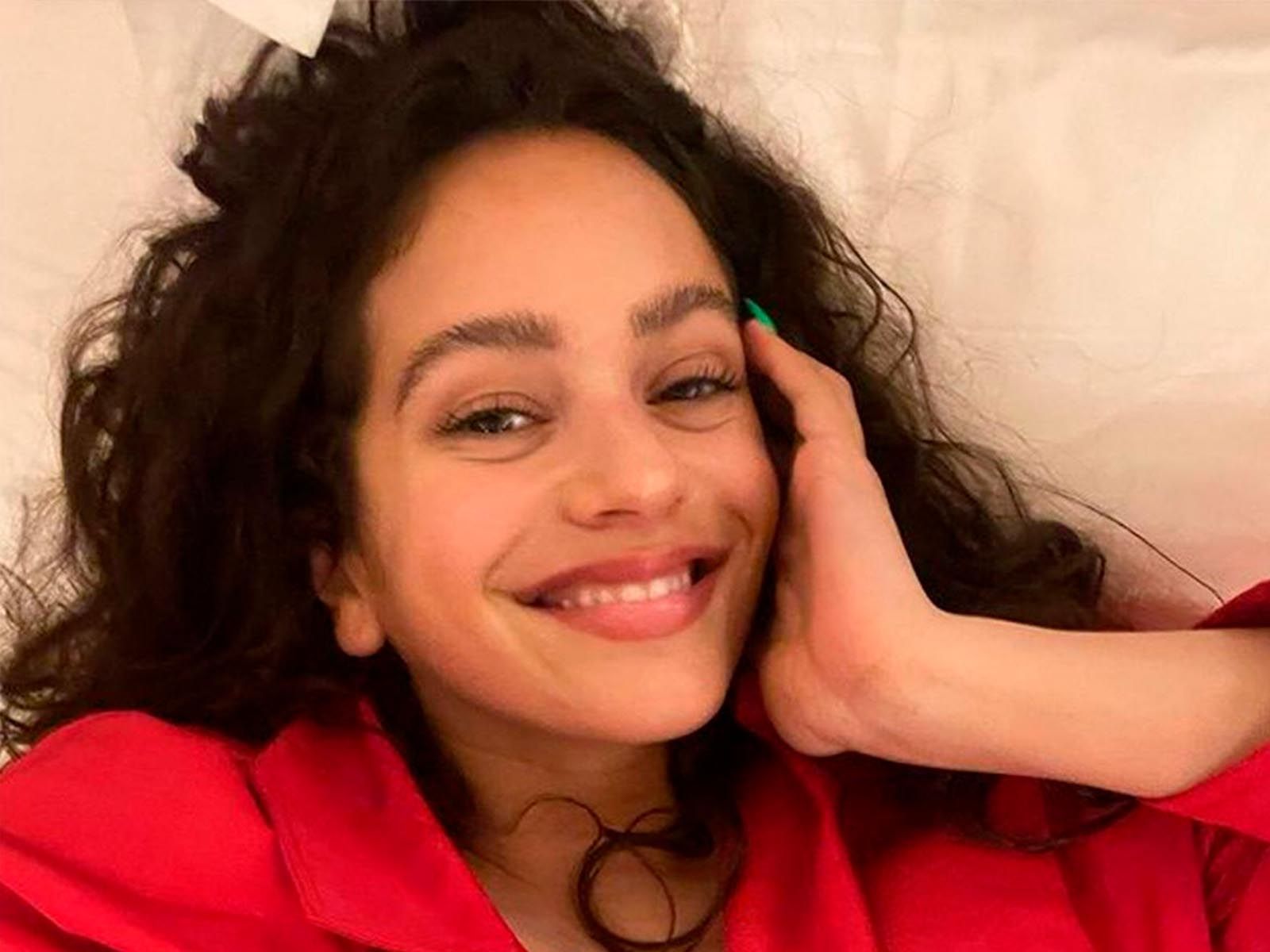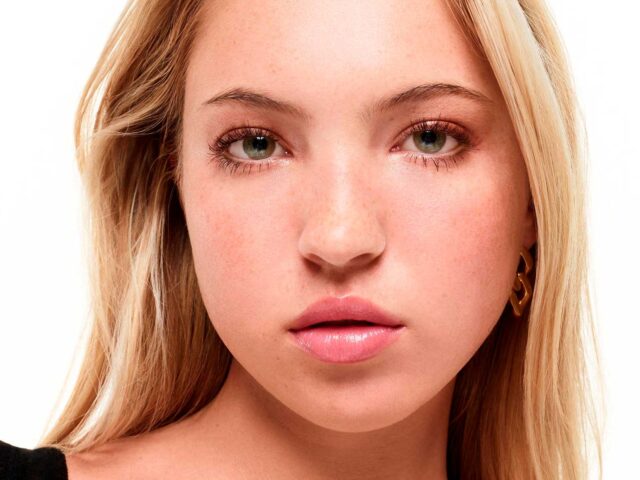Like artists who transcend, María José Llergo is not hostage to a single style. Her career is based on flamenco roots that permanently escape from clichés and labels. A restlessness that makes her constantly reinvent herself without losing her essence. That is why, now, we are witnessing the emergence of a new stage that opens with ‘Rueda, Rueda’, the first song of what will be his new project.
María José Llergo, fuller than ever when it comes to sharing her music with the world, feels blessed and expresses it as a vital celebration in a composition in which she never stops experimenting. Her voice introduces us to a tour that never ends and to the satisfaction that continues to give her art its reason for being; despite the risks that the profession she loves can entail.
Rueda, Rueda’ is the beginning of a new chapter in the career of the Cordoban singer. A first episode that she writes in golden letters, and that raises expectations for her next album. María José has always played a style of music with a flamenco touch, but in her next album she turns everything around and makes it much more modern and explores new sounds that we have not heard from her before.
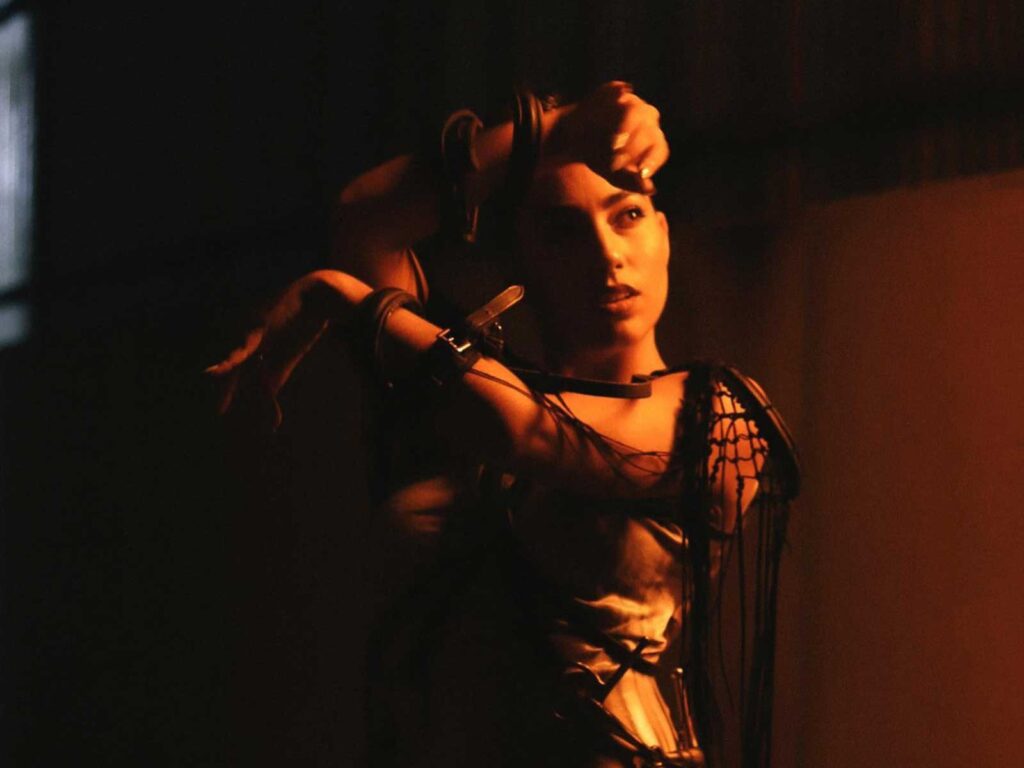
HIGHXTAR (H) – Who is María José Llergo?
MARÍA JOSÉ (M) – Hi Highxtar, how are you? I’m very happy to hang out with you. María José Llergo is a girl born in Pozoblanco in 1994 who loves writing songs, composing, making music, playing the violin and singing a lot a lot a lot… but what I really am is a spiritual being who has a human experience hahahah!
(H) – We met you with the song ‘Niña de las dunas’, how and when did you start in the world of music?
(M) – I started in the world of music almost without realising it. When I was little I learned to sing like someone who learns to play or like someone who learns to laugh. I started to sing thanks to the influence of my maternal grandfather who is a singer and an extraordinary human being who is now 93 years old. Afterwards I went on training and I had the opportunity to study violin. I spent 10 years at the conservatory and when I turned 18 they gave me a scholarship to study music at a very good conservatory in Barcelona. There I was able to learn a lot about both the profession and the music career itself.
(H) – How has your style evolved since you released your first EP ‘Healing’ in 2020 until now?
(M) – I think my style is improving like someone learning how to shoot an arrow with a bow. I thought a lot about myself in ‘Healing’; I thought no one would listen to me… so it’s an album where I face myself, my trauma and my fears, and I turn them into beauty and now it’s like that arrow of a projection is already pointing towards others with the desire to project a light that I feel that music gives me. So this album is made in conversation with the world in which I live.
The musical style is growing because my opportunities are also growing and my resources are also growing in the palm of my hand. Niña de las dunas’ is a track that is just guitar and vocals because I couldn’t afford to record it in a studio. In fact, it was recorded in a very rudimentary way in a theatre that was left to me hahaha, but as I grow and I have the opportunity to compose in the studio, to meet new musicians and to have new resources, I incorporate all kinds of sounds into the music. I move from electronic music to traditional flamenco, and in this way, I’m adding a little bit to my songs so that they transmit the emotion that I want to tell.
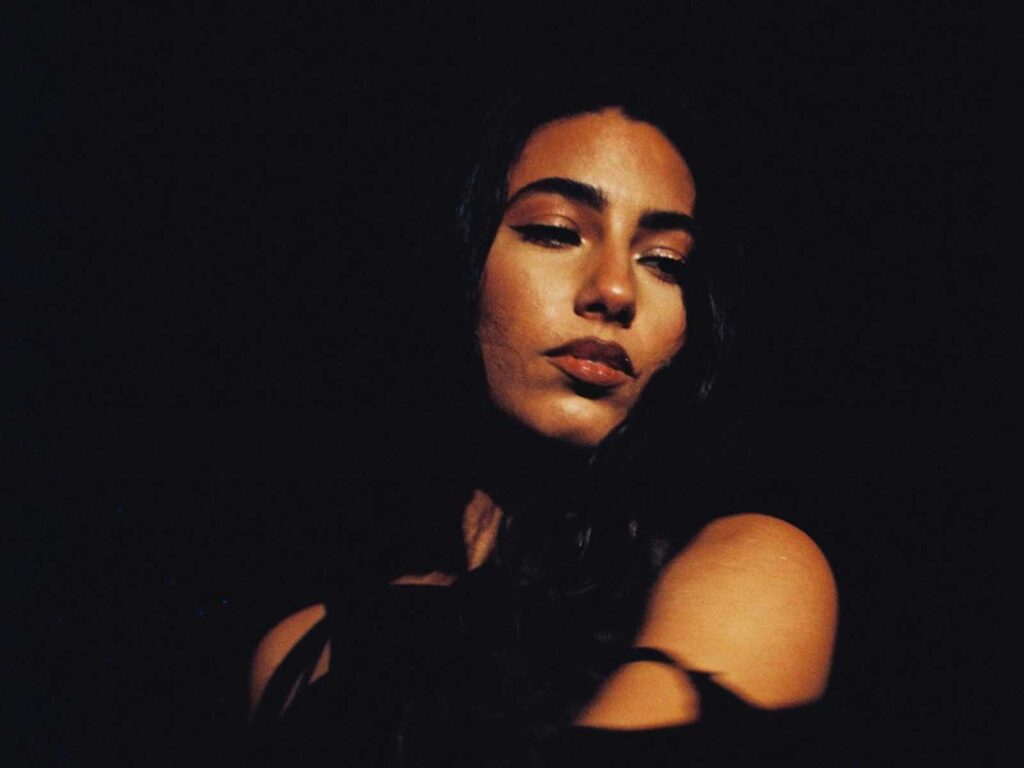
(H) – The essence of your Cordovan roots is still present in this new version of María José Llergo. How do you manage not to lose the south?
(M) – Well, I spend a lot of time in the south haha I sing a lot of music from my homeland: listen to traditional flamenco, listen to my people a lot and love them a lot; talk to them a lot on the phone when I can’t be there in person, stay in touch with my roots, love your family tree, love your accent, love your skin colour… so I don’t lose the south. So I also go a bit north, but I always come back.
(H) – What do you think about all the music being centralised in Madrid?
(M) – Well, I don’t think that all music is centralising in Madrid. I think Madrid is the city in Spain that has the most resources at its disposal, so that makes it easier for circumstances to arise when there is an industry and an infrastructure that supports the scenes. I think that for example a group like La Plazuela, who are from Granada, make their music from Granada. In that case, my music comes from my village (Pozoblanco). Many of the groups that are in Madrid are not from Madrid, but there they find a way to materialise or monetise a little of the art that they bring from their towns or cities. Art in Spain is in every corner, I think that if all the places had the infrastructure that Madrid has, it wouldn’t be so centralised.
(H) – What would you change about the current music scene?
(M) – Well, I would simply let it move forward, because what I feel is that you are seeing a very nice, very inclusive current of very young people who are doing wonderful things. More and more women, more and more different styles of music in the scene… etc. I think it’s growing a lot and it’s very nice to just take care of it and promote it also in the people who are starting out and are younger.
(H) – What would you say is your main fear of being part of this sector?
(M) – I think my main fear would be to lose myself among so many external stimuli, as you have already asked me before, to lose a little bit of the south. But I see that this is practically impossible and that if I haven’t lost it already, I won’t lose it.
(H) – ‘Rueda Rueda’ is the first single from your new project, why this name?
(M) – It was my last song to be part of the new album, which comes out after the summer. This song for me symbolises the celebration of being able to travel the world and chasing the sun and singing what I write, and what I feel. Sometimes it also scares me a lot because it’s a very risky road and I always ask for protection, for heaven to watch over me. That’s why I say ‘Romero santo romero bueno que salga lo malo y entre lo bueno’.
(H) – The videoclip of this song also shows an evolution of your image. What do you want to transmit with this new imaginary?
(M) – Aesthetically it’s a path that opens a door to where I’m going with the seven singles so I can’t say much, but it’s a door to a new world that I’ve invented.
(H) – How was the process of creating your new album?
(M) – The process of creating the album lasted a year and a half and I discarded more than 20 songs. The selected ones have fulfilled a requirement that seemed essential to me, which is honesty and the main character of everything I want to do and everything I want to put out.
(H) – What can you tell us in advance?
(M) – I delivered the album a week ago, so it’s already in the hands of my team at Sony so that you can get your hands on it soon.
(H) – Where can we see you singing this summer?
(M) – I’ll be on 14 July in Nerja, 21 July in Vigo and on 14 and 16 August at the Teatro Romano in Sagunto.
These will be the last three concerts of healing in the last three concerts of the project that I am presenting to you. I am very excited to finish here in Spain because we had no dates planned after New York, which was in January, and I am very excited to put the finishing touches to it and to inaugurate the new stage.
Sigue toda la información de HIGHXTAR desde Facebook, Twitter o Instagram
You may also like...
